If during your trip to Italy, you have visited Rome and visited the famous places of Italy such as the Doria Palace, the Colosseum, the Troy Fountain, etc., but you have not yet seen the Vatican Museum, it is as if half of your trip is left unfinished. This unique complex is located in the heart of Rome and next to the magnificent building of St. Peter’s Church.
The Vatican Museums are suitable for every taste. It doesn’t matter if you are interested in history, art, religion or just aesthetics; You will find something to discover and enjoy in these museums. In this article, we will introduce you to the Vatican Museum and the sights of Rome that are located near it.
Introducing the Vatican Museum
The Vatican Museum, in the heart of Vatican City, is one of Italy’s most popular tourist attractions, hosting more than 7 million visitors from around the world every year. With an area of more than 7 hectares, the Vatican Museum includes numerous museums, galleries, the Sistine Chapel and the Vatican Gardens.
This museum includes 54 separate museums and galleries that contain more than 70,000 works of art; From the ancient sculptures of Rome and Greece to the Renaissance wall paintings and the masterpieces of Michelangelo and Raphael. Of course, you should know that only 20,000 works from this huge collection are permanently exhibited.
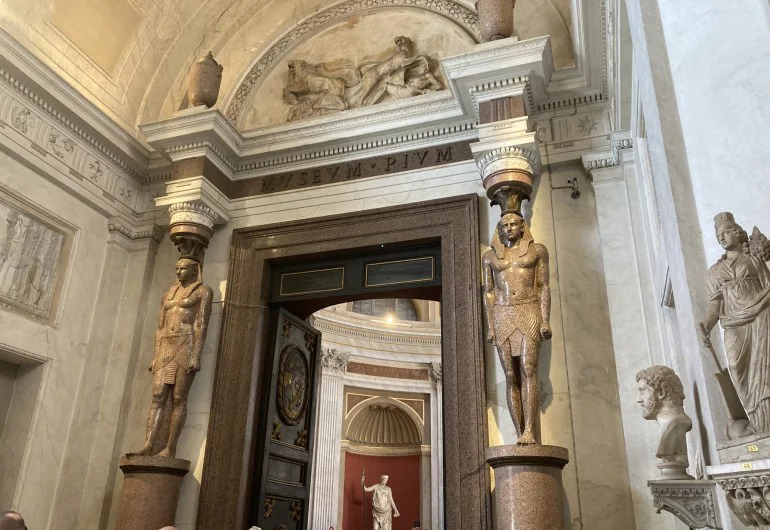
Image from: Ancientegyptalive
Where is the Vatican Museum?
The Vatican Museum, an amazing collection of artistic and historical treasures, is located in the small and independent Vatican City, in the heart of Rome, the capital of Italy.
Access route to the Vatican Museum
You can use the subway or bus to visit the Vatican Museum in Rome. If your choice is the metro, you should take line A towards Battistini and get off at one of the stops at Ottaviano-Musei Vaticani or Cipro. The distance between these two stations is close to the museum and it takes about 10 minutes to walk.
To use the bus, you must use line 49. The bus of this line stops in front of the entrance of the Vatican Museum. You can also use lines 32, 81 and 982 that pass through Piazza Risorgimento. It takes about 10 minutes to walk from the square to the museum.
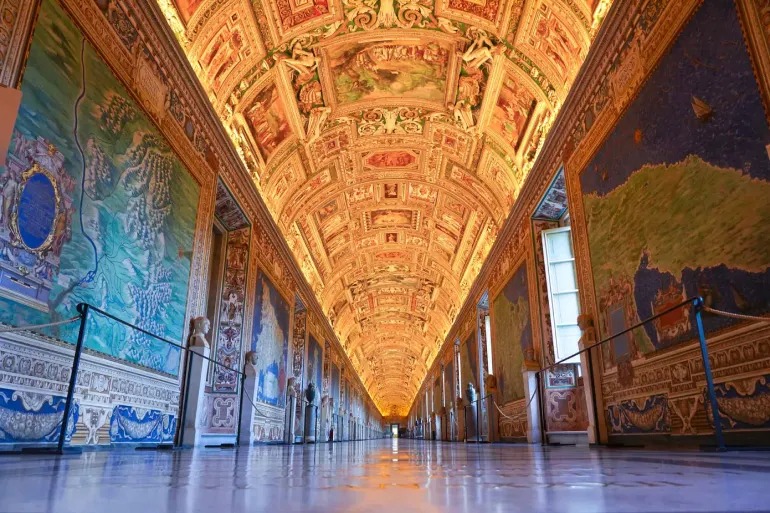
Image from: Arttrav
The best time to visit the Vatican Museum
November to March (except Christmas and Easter) is the best time to visit the Vatican Museums in Rome. At this time the weather is cool and pleasant and there are fewer tourists in the Vatican and you can safely visit the sights in the museum. On the other hand, in the months of April to October (at the same time as the European summer holidays), many tourists travel to the Vatican.
If you plan to visit the museum at this time, we must say that you will probably see long queues in front of the museum entrance. Of course, visiting the Vatican Museum at night is a unique experience that you can get at this time.
In terms of days of the week, Wednesdays and Saturdays are the busiest times to visit the museum. On the contrary, Monday, Tuesday and Thursday are the best days to visit the museum.
In terms of the time frame, we suggest that you arrive at the entrance of the Vatican Museum first thing in the morning between 8 and 9 to avoid the crowds. The museum is more crowded in the evenings.
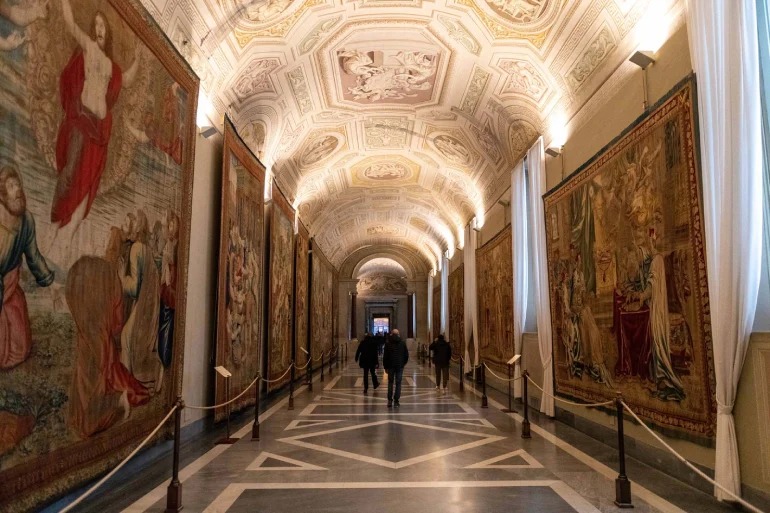
Image from: Cdnsecureimage
Working hours of the Vatican Museum
The working hours of the Vatican Museum are as follows:
- Monday to Thursday: from 8:00 am to 7:00 pm (last admission time for visitors: 5:00 pm)
- Fridays and Saturdays: from 8:00 am to 8:00 pm (last admission time: 6:00 pm)
- Last Sunday of every month: from 9:00 am to 2:00 pm (last admission time for visitors: 12:30 pm)
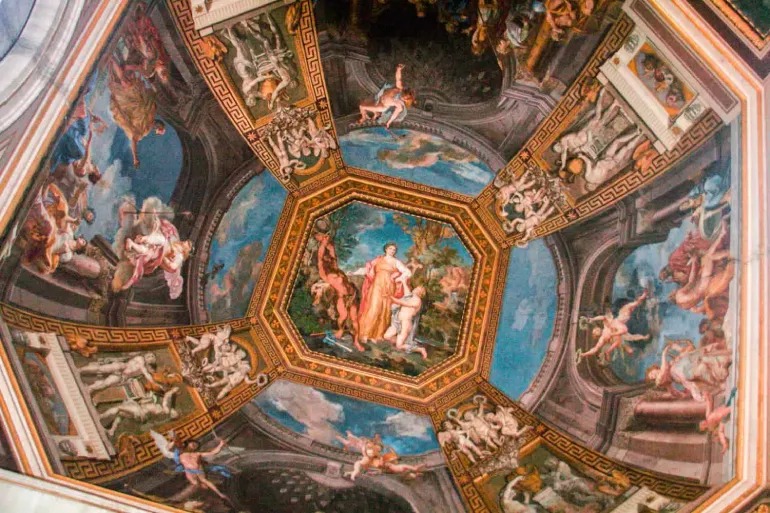
Image from: Bordersofadventure
History of the Vatican Museum
The story of the Vatican Museum in Italy dates back to the 16th century and Pope Julius II. Pope Julius II built the first collection of the Vatican Museum in 1506 by collecting antiquities and statues and displaying them in the octagonal courtyard. In the following years, various popes expanded the collection by collecting works of art and antiquities from around the world.
Finally, in the 18th century, museums were opened to the public. Today, the Vatican Museums are known as a unique treasure of art and ancient works and one of the largest and most visited museums in the world. This collection includes more than 70,000 works of art, from ancient Greek and Roman sculptures, unique paintings by Renaissance masters to historical manuscripts and religious objects.
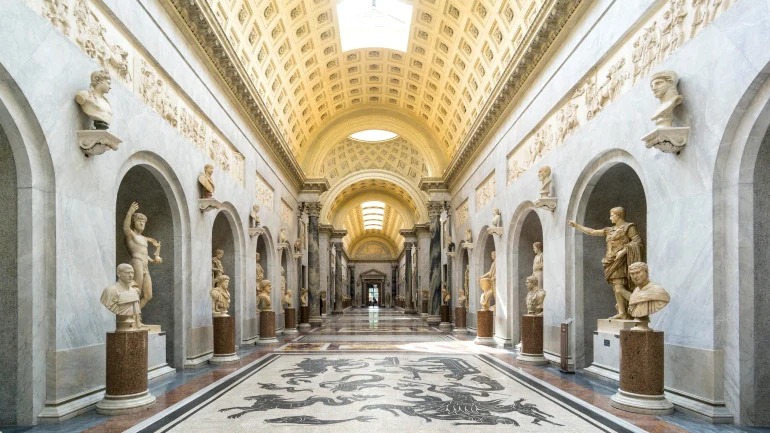
Image from: Cntraveler
The architecture of the Vatican Museum
The Vatican Museum in Rome is a collection of buildings with different architectures built by different popes over the centuries. For this reason, you will see prominent examples of architecture from different periods, including Renaissance, Baroque and Roman in this museum. From the most famous architecture in the Vatican Museums, we can mention the following.
The Sistine Chapel is one of the main attractions of the Vatican Museum, one of the masterpieces of Renaissance architecture.
The Pio Museum is an example of Roman architecture and houses a collection of sculptures and classical arts.
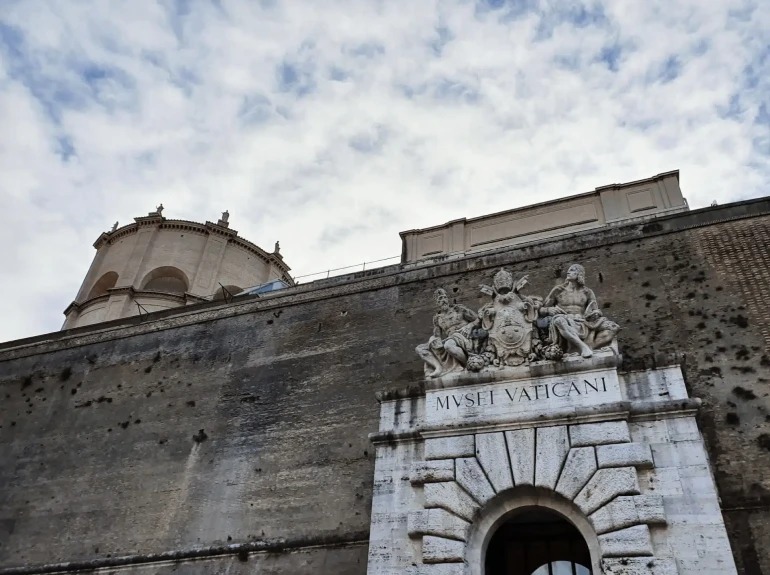
Image from: Vaticantickets
Different parts of the Vatican Museum
We must say that it is not possible to visit all parts of the Vatican Museum in one day. For this reason, we will continue to introduce the most popular parts of the Vatican Museum so that you can plan your visit to the museum according to your own taste.
Vatican Gardens
The Vatican Gardens are private urban gardens and parks that cover more than half the area of Vatican City. The Vatican Gardens date back to the Middle Ages and were restored in the 16th century.
Currently, you can see numerous fountains, statues, medicinal plants, etc. in these gardens. After visiting different parts of the museum, this part is the best place to relax in a green and beautiful atmosphere.
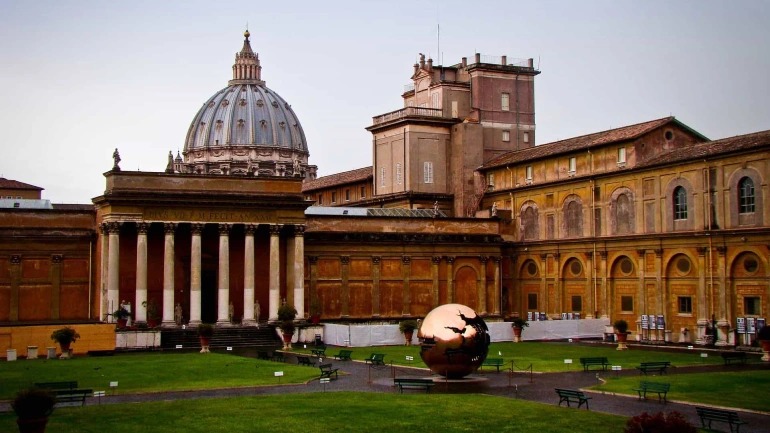
Image from: Rome
Contemporary Art Gallery
This part of the museum was established in 1973 by Pope Paul VI, with the aim of promoting dialogue and rapprochement between the Church and contemporary culture. In this collection, you can visit the works of some of the most famous artists of the 20th and 21st centuries, such as Vincent Van Gogh, Pablo Picasso and Salvador Dali.
spiral staircase
The spiral staircase of the Vatican Museum, also known as the Bramante Staircase, is one of the most famous and spectacular attractions of the complex. We must say that there are basically two spiral staircases. The main staircase was designed by the famous architect Donato Bramante and built by Pope Julius II in the early 16th century.
Although it is not possible to visit this building today, in 1932, the second staircase was built based on the original design by Giuseppe Momo. This spiral staircase is one of the best photography subjects in the Vatican Museum in Rome. Also, standing at the top of the stairs and watching the movement of museum visitors will be an interesting experience for you.
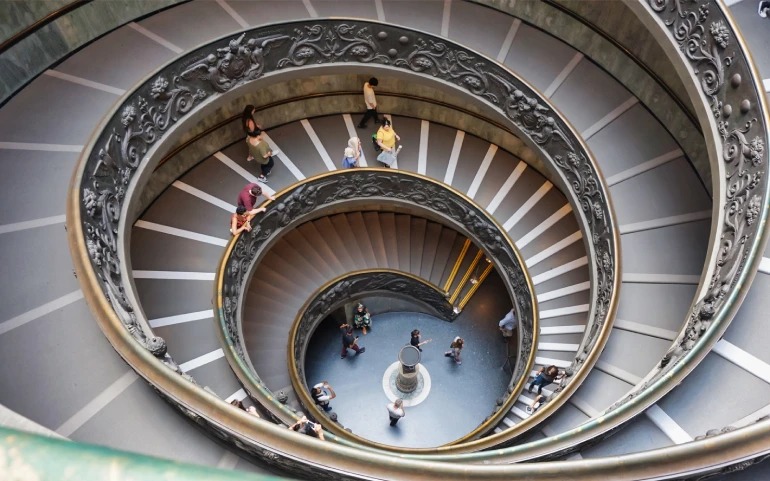
Image from: Headout
Pio Clementino Museum
One of the most important and well-known parts of the Vatican Museum is the Pio Museum. This museum has a unique collection of ancient sculptures, mosaics, paintings and other works of art. This museum has different parts such as octagonal courtyard, sculpture gallery, museum hall, animal hall, rotunda room and Sala della Biga. Each of these collections shows a part of the history and culture of ancient Rome and Greece.
Among the most famous works in the Pio Museum, we can mention the statue of Apollo Beluder and the statue of Laocoon and his sons.
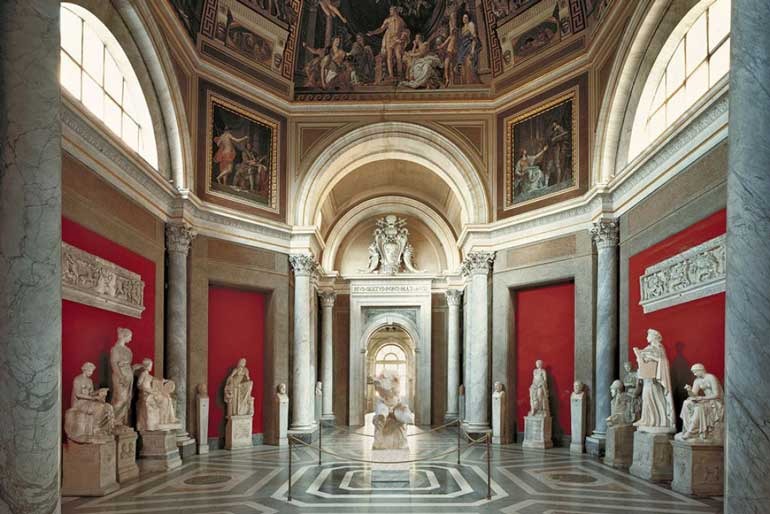
Image from: Visit Italy
The Stanza della segnatura museum
The Stanza della Musee, once the library of Pope Julius II, is one of the most famous sights in the Vatican Museums and a paradise for art and history lovers. In this museum, you can visit works such as a portrait of Plato by Leonardo da Vinci, the fresco of Fire in Brego by Raphael, and a painting by the School of Athens.
In addition to its artistic value, the Stanza della Museum is also historically important. This place was once the seat of the official court of the church and has witnessed important events in history.
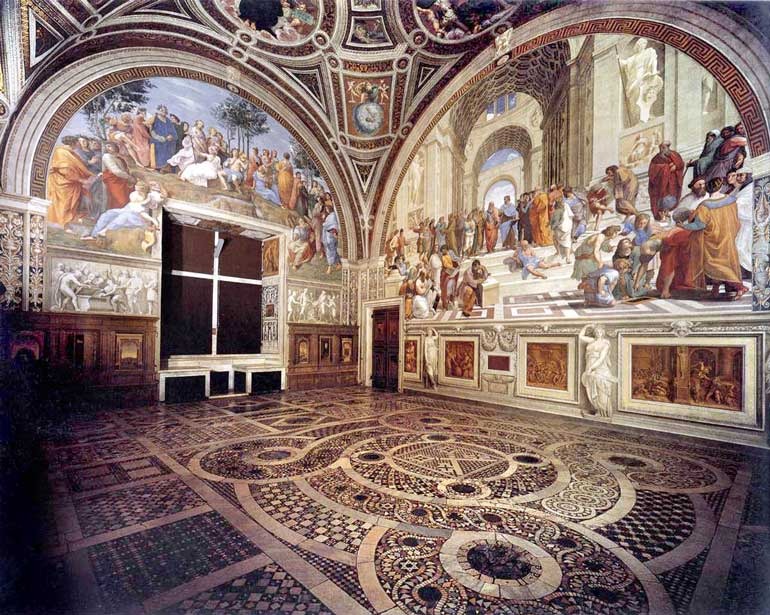
Image from: Wikipedia
Transportation gallery
If you are interested in seeing old vehicles, this is the part of the museum for you. In this gallery, a collection of hand-embroidered saddles, carriages, cars and classic cars are displayed.
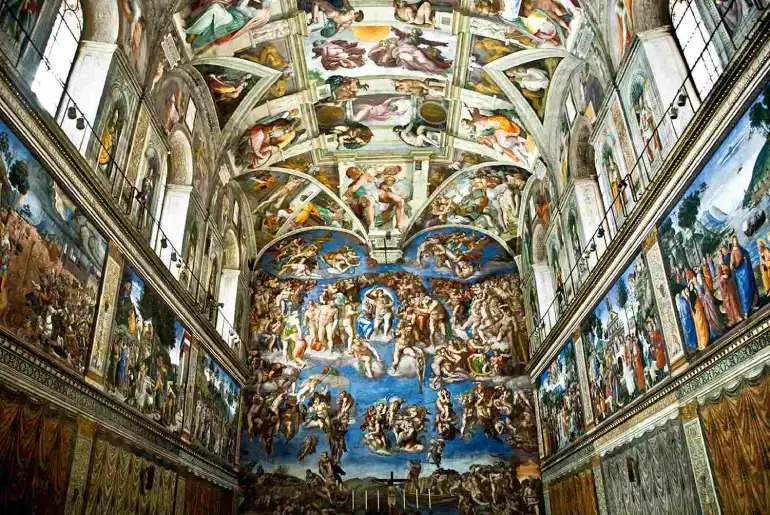
Image from: Tripsavvy
Gallery of maps
The Gallery of Maps is one of the longest and most prominent galleries of the Vatican Museum, located on the west side of the Belvedere courtyard. This gallery is 120 meters long and contains 40 panels that depict detailed topographical maps of the Italian peninsula and some of its important cities in the 16th century. These murals were created over three years based on the maps of Ignazio Dante, the famous geographer.
Of course, the attraction of this gallery is not limited to these wall paintings. Just look above your head and you will be completely amazed. On the ceiling of this room, you can see the magnificent works of a group of Mannerist painters.
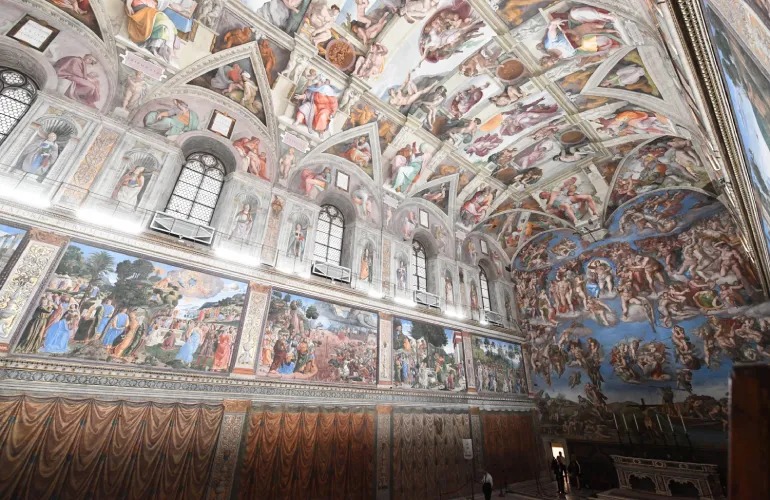
Image from: Tmgrup
Sistine Chapel
The Sistine Chapel is one of the most famous and most visited religious and artistic places in the Vatican, a visit to which can bring you joy. This church was originally used as a place to hold important religious ceremonies, including congresses to elect a new pope. But now, thanks to the famous frescoes, it is considered one of the most visited places in the Vatican.
The roof of the church is undoubtedly the most famous part of this building. Michelangelo’s amazing paintings such as “Creation of Adam” and “Separation of Light from Darkness”, inspired by biblical stories, can be seen on the ceiling of the Sistine Chapel. The “Last Judgment” wall painting that covers the wall of the church altar is another work of this famous artist.
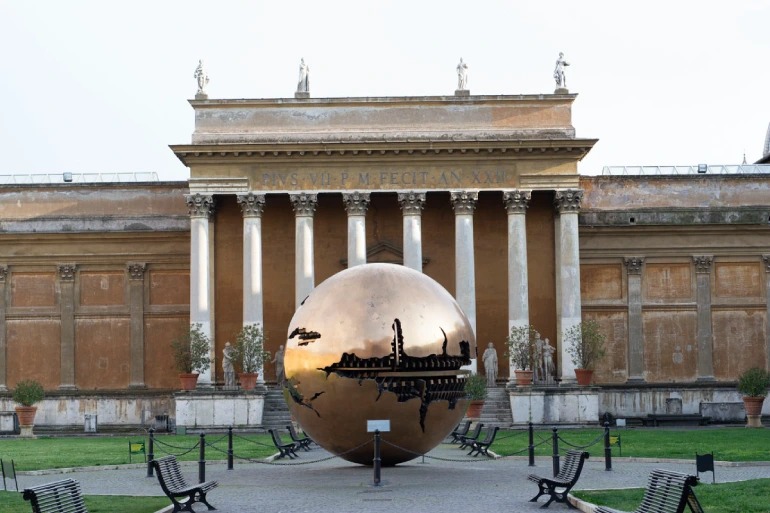
Image from: Romeactually
Raphael’s rooms
The collection of four luxurious rooms in the papal palaces of the Vatican, known as “Raphael’s Rooms”, is undoubtedly one of the most attractive parts of the Vatican Museum that you should not miss.
Once used as the personal apartments of Pope Julius II, these rooms now house an unparalleled treasure of paintings, sculptures, and decorations. The reason for naming these rooms after Raphael, the famous Italian painter and architect of the Renaissance period, is that he was in charge of decorating and painting the walls of this place together with his students.
Among the most famous wall paintings in these rooms, which can attract your attention, we can mention the “School of Athens” and “Holy Trinity” paintings.
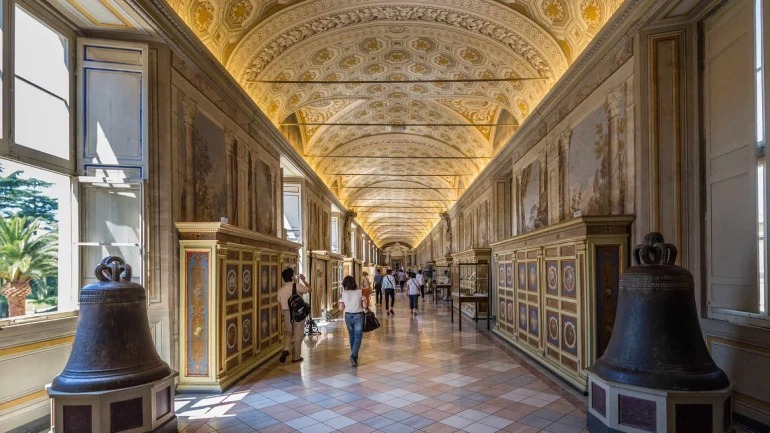
Image from: Rome
Gregorian and Egyptian Museum
If you love to see ancient artifacts, Gregory Egyptian Museum can be interesting and fun for you. This museum was founded in 1839 by Pope Gregory XVI. The Egyptian Museum has 9 rooms and houses a collection of ancient Egyptian artifacts, statues and inscriptions. Mummies and statues of Egyptian pharaohs, such as Pharaoh Mentohotep, the king of the 11th dynasty, are among the most spectacular works of the Gregorian and Egyptian Museum.
Works of the Vatican Museum
As we said, more than 70,000 works of art are placed in the museum’s gallery and rooms. Some of the most famous works in the Vatican Museums are:
As we said, more than 70,000 works of art are placed in the museum’s gallery and rooms. Some of the most famous works in the Vatican Museums are:
Mural “Creation of Man”
Michelangelo’s Creation of Man, which adorns the ceiling of the Sistine Chapel, is undoubtedly one of the most famous works of art in the world at the Vatican Museum in Italy. This work is inspired by one of the stories in the book of creation and depicts the moment of creation of Adam by God.
The elegance and precision in the details, the unique composition and the power of expressing emotions in this work have made this painting one of the most visited works in the museum.
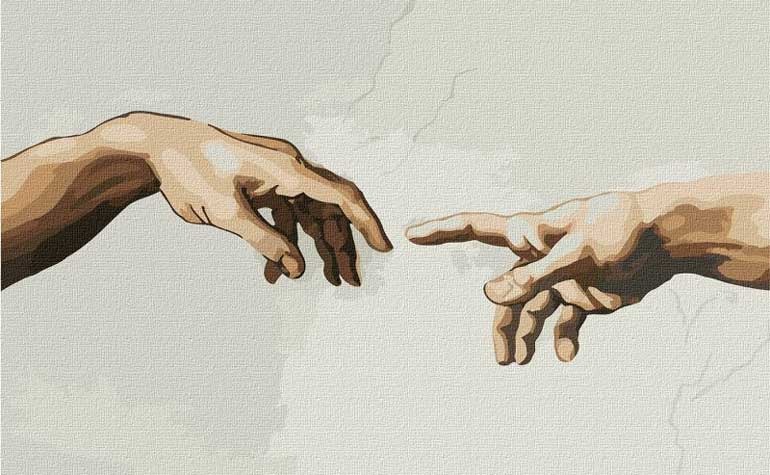
image from: Wikimedia
Wall painting “The Last Judgment”
The huge mural painting “The Last Judgment” is engraved on the altar wall of the Sistine Chapel and depicts a scene of the return of Jesus (pbuh) as well as the final and eternal judgment by God on all humanity according to the Christian religion.
This work, which is full of details and different characters, is considered another masterpiece of Michelangelo in terms of dimensions, complexity and power of expression. “The Last Judgment” is known as one of the most important paintings in the history of art and shows a deep understanding of Michelangelo’s religious and philosophical beliefs.
In order to be able to understand the story and characters of this painting, we must say that Jesus Christ is in the center of this work of art and next to him is his mother, Saint Mary. The apostles are gathered around Jesus. At the bottom of the painting, there are angels who wake the dead with trumpets. In the lower left, the awakened are sent to heaven, and in the right, angels send the damned to hell.
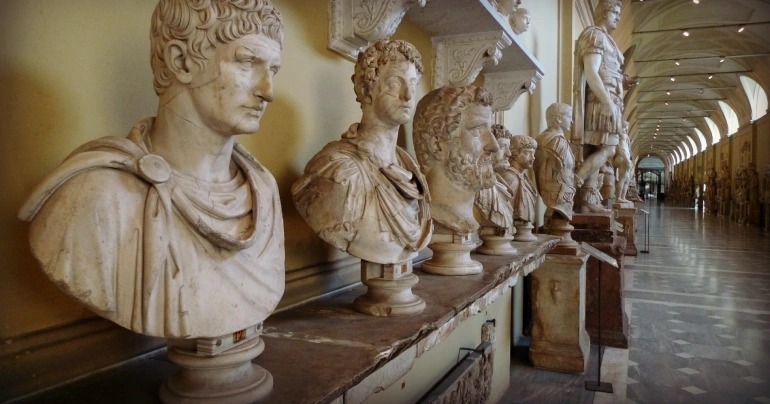
Image from: Thepalladiantraveler
“David” statue
The statue of David, this marble statue, is another masterpiece of Michelangelo. If you look at this sculpture, you can see the elegance and skill of its maker. It is interesting to know that this statue was originally designed to be placed in the Florence Cathedral, but was later moved to the Vatican Museums. For this reason, the upper part of the statue is bigger than the lower body so that it looks proportional when viewed from below.
In addition to the aforementioned, the marble statue of Apollo Beluder, the statue of Laocoon and his sons, the famous painting of the School of Athens in Raphael’s rooms are other famous works of the Vatican Museum in Rome.
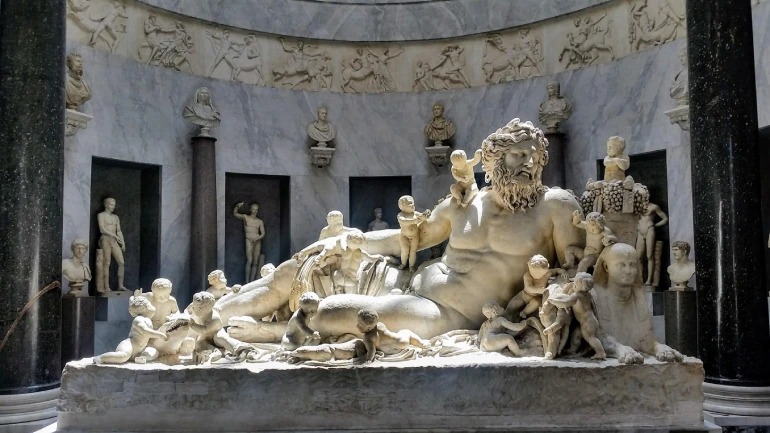
Image from: Thrillophilia
Sightseeing places near the Vatican Museum
Vatican City is not limited to its museums. After visiting different parts of the museum, you can also visit other places of interest in the city that are located near the museum.
St. Peter’s Basilica
St. Peter’s Basilica, which is known as the largest cathedral in the world, is located in St. Peter’s Square and in front of the Vatican Museums, which you can reach with a short walk.
This magnificent building, which was designed by Michelangelo in the 16th century, in addition to being religiously important for the followers of the Catholic religion, is also known as one of the architectural and artistic masterpieces of the Renaissance. The huge dome of the church, designed by Michelangelo, is one of the prominent symbols of the city of Rome and the sights of the Vatican City, which attracts the attention of tourists.
The beauty of the church is not limited to its exterior. The interior of St. Peter’s Church is as eye-catching as its exterior; Columns, arches and murals full of delicate and beautiful details have turned this church into an art and architecture museum. Inside the church, you can see unique works of art, including the statue of Pieta by Michelangelo.

Image from: Architecturaldigest
Saint Peter’s Square
St. Peter’s Square or Piazza San Pietro is one of the largest squares in the world and the beating heart of Vatican City, located right in front of St. Peter’s Church and not far from the Vatican Museum. This oval square was designed and built by John Lorenzo Bernini, a famous Italian architect and sculptor, in the 17th century.
Saint Peter’s Square area with an area of approximately 24 thousand square meters, has an open and wide space that can accommodate a population of about 400 thousand people. St. Peter’s Square is surrounded by four rows of Doric columns, and 140 statues of saints, popes, and other religious figures are placed on top of these columns. In the center of the square, an ancient Egyptian obelisk can be seen, and two completely similar fountains on both sides of it have doubled the beauty of the square.
This square is an ideal place to relax, people watch and enjoy the grandeur of St. Peter’s Basilica. In this square, you can witness various events, from magnificent religious ceremonies to pleasant music performances.
Also, there are many restaurants in this square where you can taste the delicious taste of Italian cuisine. But without a doubt, watching the Pope speaking from the balcony of St. Peter’s Church will be a different and unforgettable experience that you can get in a rare place.
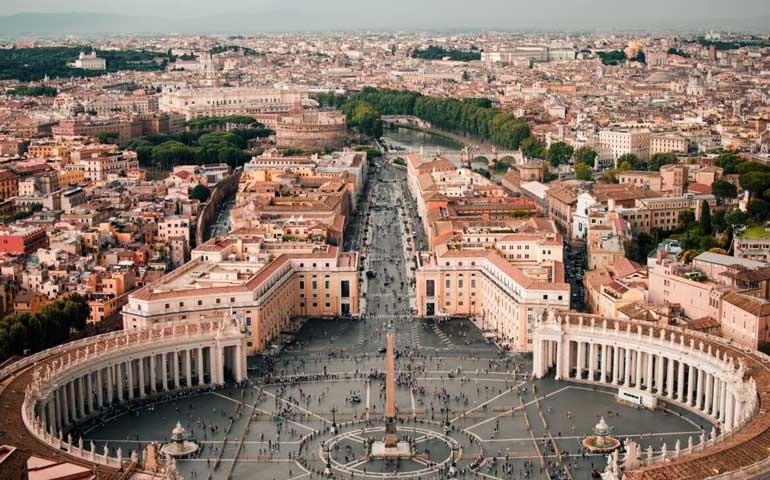
Image from: Visit Rome
Trastevere
Trastevere is one of the oldest and most attractive neighborhoods in Rome, Italy. This neighborhood is located on the west bank of the Tiber River and south of the Vatican. The distance from the Vatican Museum to this old neighborhood is approximately 3 kilometers, which you can take by bus line 23.
The narrow cobbled streets of Trastevere, this historic and lively neighborhood are full of small shops, local restaurants, cozy cafes, colorful and flower-covered houses and beautiful churches. Walking in this neighborhood will give you the real feeling of Rome.
There is always something to see and do in Trastevere. So every time you visit this neighborhood, you will get a different experience. Tasting the real taste of Italian cuisine, socializing with locals, buying unique souvenirs, nightly music in cafes and visiting Santa Maria Church are just some of the exciting experiences in this neighborhood.
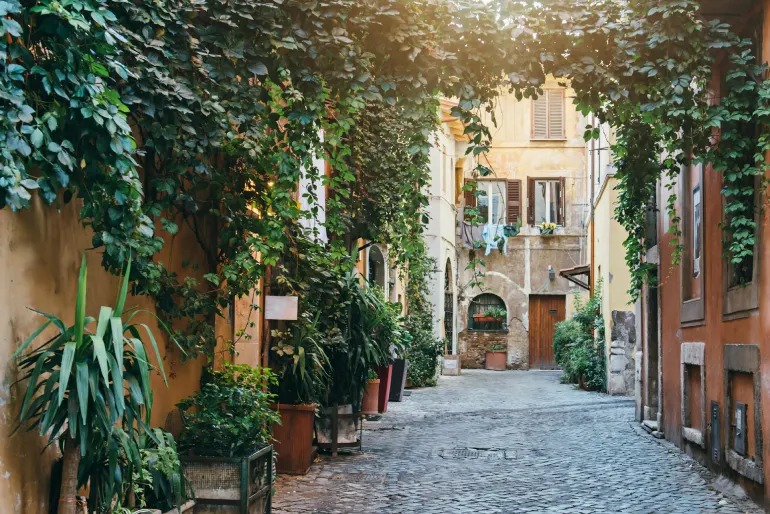
TrastevereImage from: Production
Castel Sant’Angelo
The Castle of Saint Angelo or the Castle of the Holy Angel is another tourist attraction in Rome that has gone through different experiences. Castel Angelo, now known as a magnificent castle, was originally known as Hadrian’s Tomb.
This tomb was built for him and his family by order of Emperor Hadrian. The construction of this tomb began in 135 AD and in 139 AD after Hadrian’s death, his ashes were placed in this place.
It didn’t take long for this tomb to change its use and with the addition of high walls and numerous towers, it was used as a powerful military fortress to defend the city against enemy attacks. Of course, this was not the whole story, and in the following years, this building was used as a fortress, prison and shelter of the Pope.
The current name of this building, i.e. “Castle Saint Angelo” dates back to an event in 590 AD. According to the stories, at this time, the city of Rome was affected by the plague, and while Pope Gregory the Great went to the top of this building to pray, he suddenly saw an angel sheathing his sword and ending the plague.
Since then, this building was renamed to the Holy Angel Castle and the statue of Archangel Michael was installed on top of it. Despite all these ups and downs, today Castel Angelo is used as a museum and a popular tourist attraction.
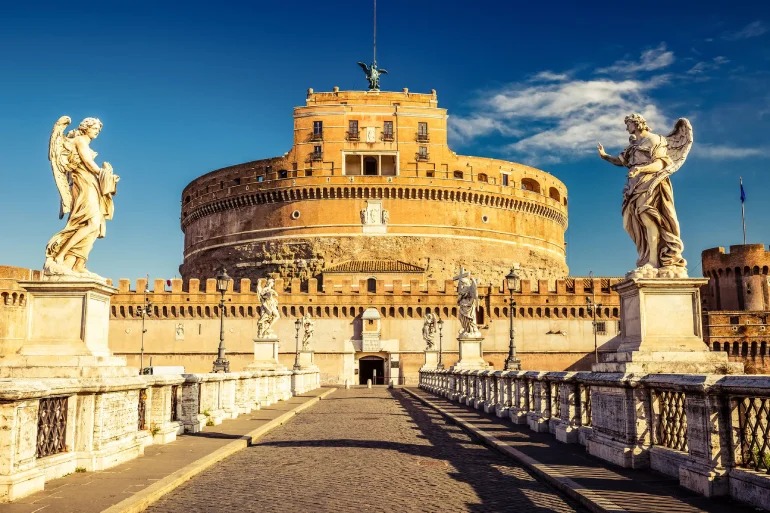
Image from: Hearstapps
You can visit different parts of the castle, including Hadrian’s Tomb, the Papal Treasury and the causeway bridges that connect the different parts of the castle. Also, from the roof of the castle, you can see a panoramic view of the city of Rome. The dome of St. Peter’s Cathedral, the Tiber River and the historic bridges of Rome are all located in this beautiful landscape.
The distance between the Vatican Museum in Rome and this historical castle is about 2 kilometers. If you are a walker, it takes about 30 minutes to reach Castel Angelo from the Vatican Museums. During this time, you can enjoy walking along the Tiber river and seeing the spectacular sights of Rome.
Apostolic Palace
The Apostolic Palace, also known as the Pope’s Palace and the Vatican Palace, is the official residence of the Pope and the administrative center of the Catholic Church, located in the Vatican City and northeast of St. Peter’s Basilica. The construction of the Apostolic Palace began in the 14th century and has been continuously expanded and renovated over the centuries. Prominent architects such as Donato Bramante, Raphael and Michelangelo played a role in the design and construction of this complex.
Today, the Apostolic Palace contains more than a thousand rooms, among which the Pope’s apartments, the offices of Catholic Church officials, numerous churches, the Vatican Museums and the Vatican Library can be mentioned. Michelangelo’s amazing frescoes in the Sistine Chapel, Raphael’s exquisite frescoes and decorations in the famous Raphael Rooms and the Vatican Library are some of the most famous parts of this palace that should not be missed.
The Apostolic Palace and the Vatican Museums are actually in one complex and are connected. Therefore, after visiting the museum, you can reach this palace by walking a little.
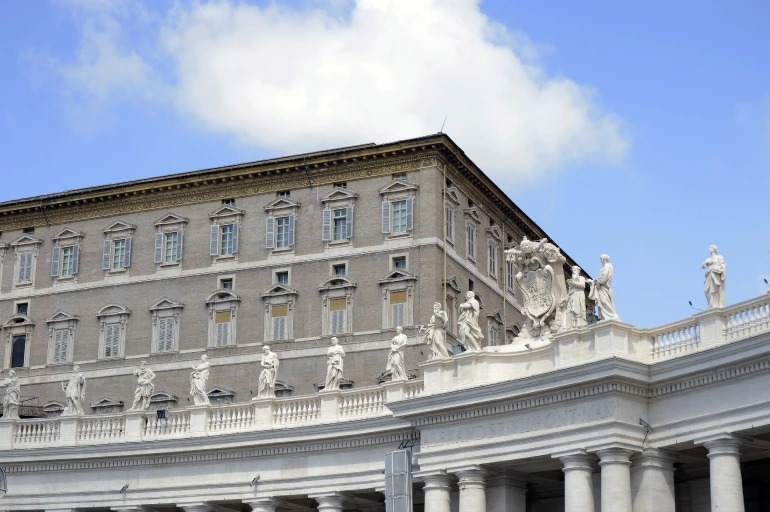
Image from: Amazonaws
Stay near the Vatican Museum
The Vatican Museum is located in the heart of Rome and many luxury and cheap hotels are located near it. So don’t worry about staying near the Vatican Museums in Rome. Just book one of the hotels before your trip.
In the following, we have listed for you the list of hotels near the museum and their approximate distance.
- Eccelso Hotel is 800 meters away from the museum
- Domus Terenzio Hotel is 1.1 km away from the museum
- Vanity Hotel Navona is 2.5 km away from the museum
- Elizabeth Hotel, 3 km away from the museum
- San Calisto Hotel is 4 km away
- Rome Imperial Societies Hotel is 4.5 km away
- Modigliani Hotel is 4.5 km away from the museum
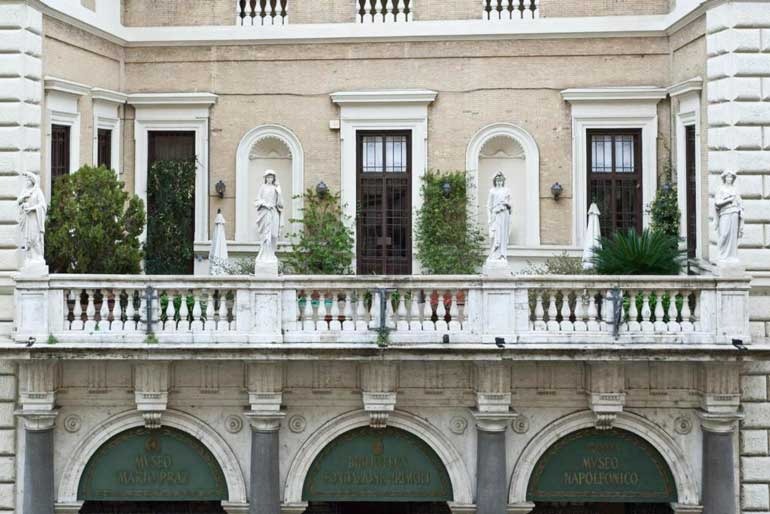
Image from: Booking
Recommendations for visiting the Vatican Museum
In order to have a memorable trip and a good experience visiting the Vatican Museum in Italy, it is better to pay attention to the following points:
- The best time to visit the Vatican Museum is in the morning between 8 and 9. In this period, the museum has just started its activity and the crowd of visitors is less.
- The museum is closed on Sundays (except the last Sunday of each month) and on Easter, Christmas, St. Peter and Paul’s Day, Stephen’s Day and Sylvester’s Day.
- We suggest that you buy the museum ticket online in advance so that you don’t have to wait in line to buy tickets at the museum.
- The Vatican is a religious city and it is necessary to observe appropriate clothing. Knees and shoulders must be covered. This is one of the permanent rules of the Vatican for men and women. Also, avoid wearing very thin, summer clothes or clothes with inappropriate pictures or designs. It is mandatory to wear a scarf or scarf when visiting the Sistine Chapel and St. Peter’s Basilica.
- Visiting the Vatican Museum in Rome takes at least 3 hours and you have to walk a long distance; So be sure to wear comfortable shoes.
- According to the rules of the museum, it is forbidden to carry sharp objects or large bags.
- In most parts of the museum, photography is free without the use of flash, but in some sections, such as the Sistine Chapel, photography is strictly prohibited.
- Finally, if you want to learn more about the Vatican Museums or their works of art, you can take the help of audio guides or group tours.

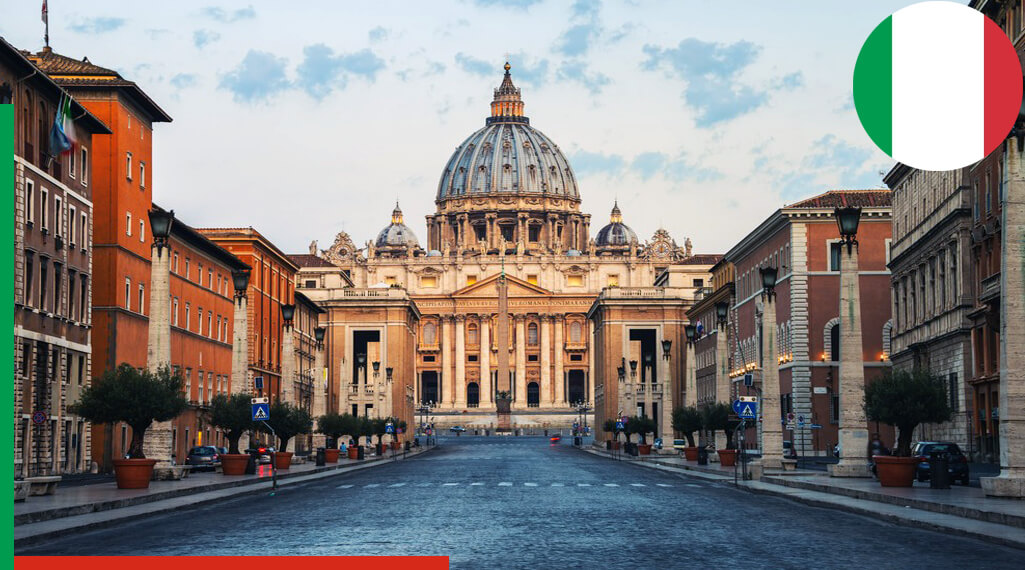
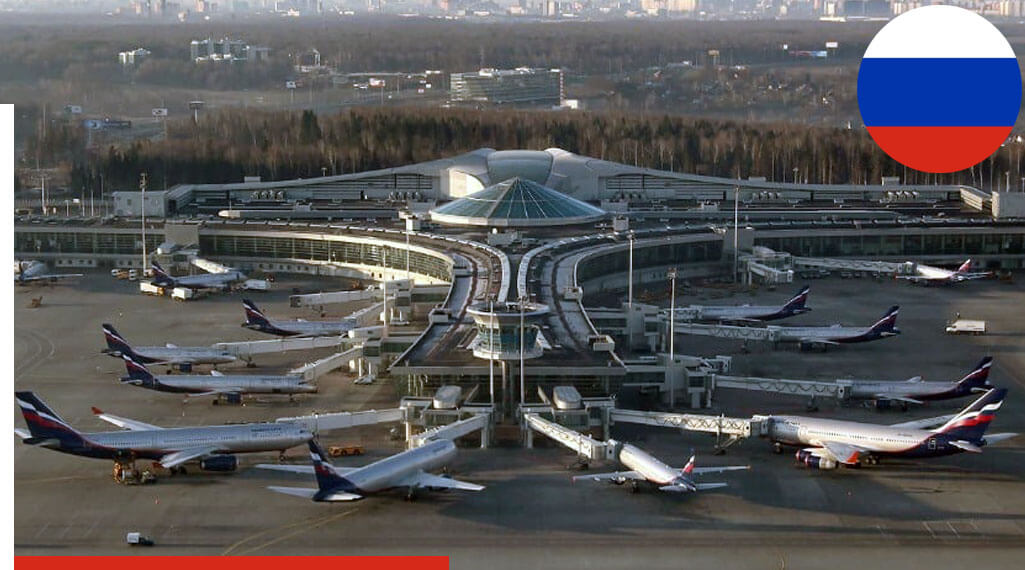
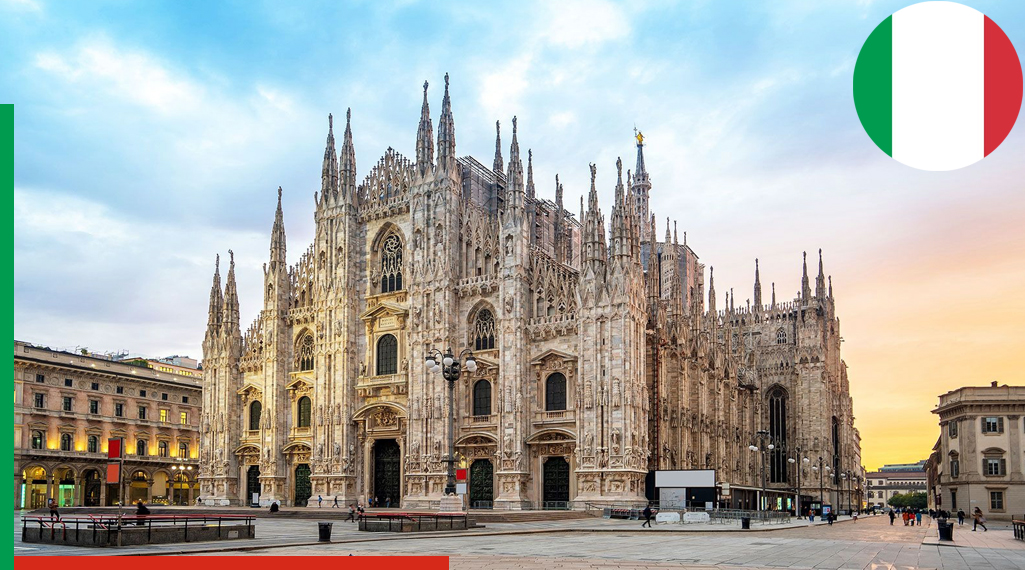
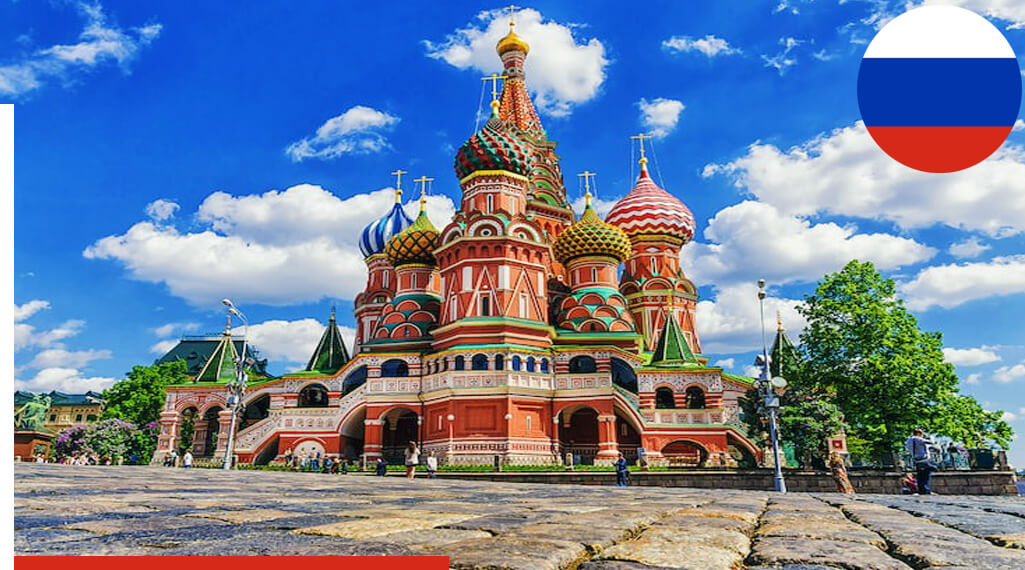
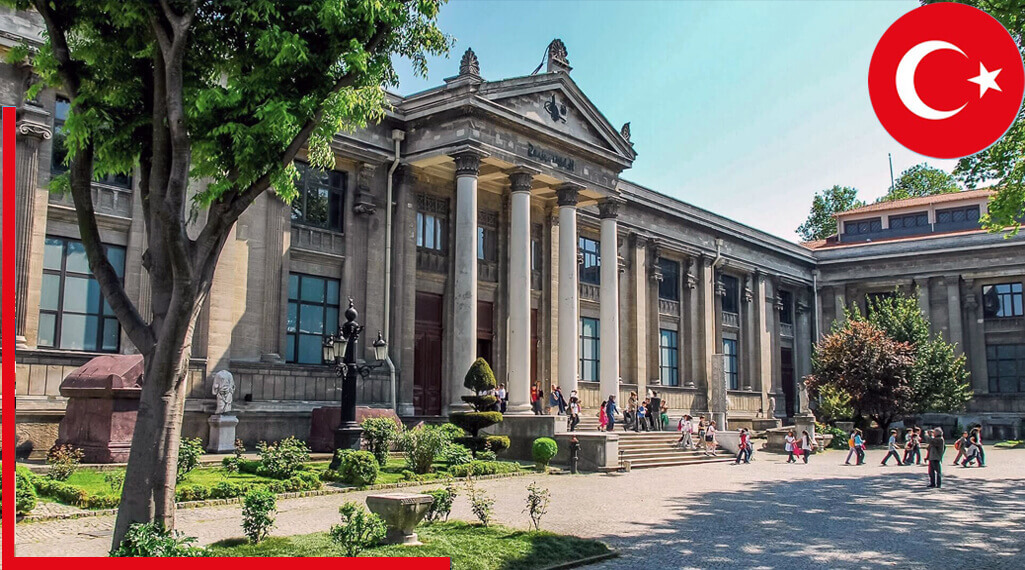
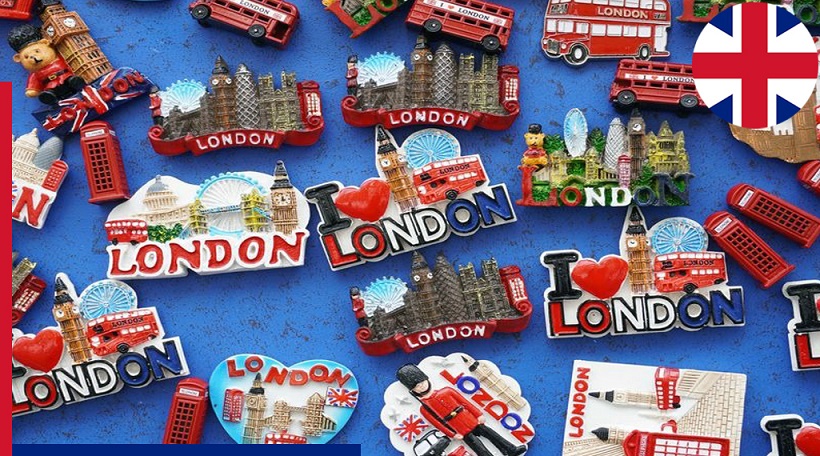
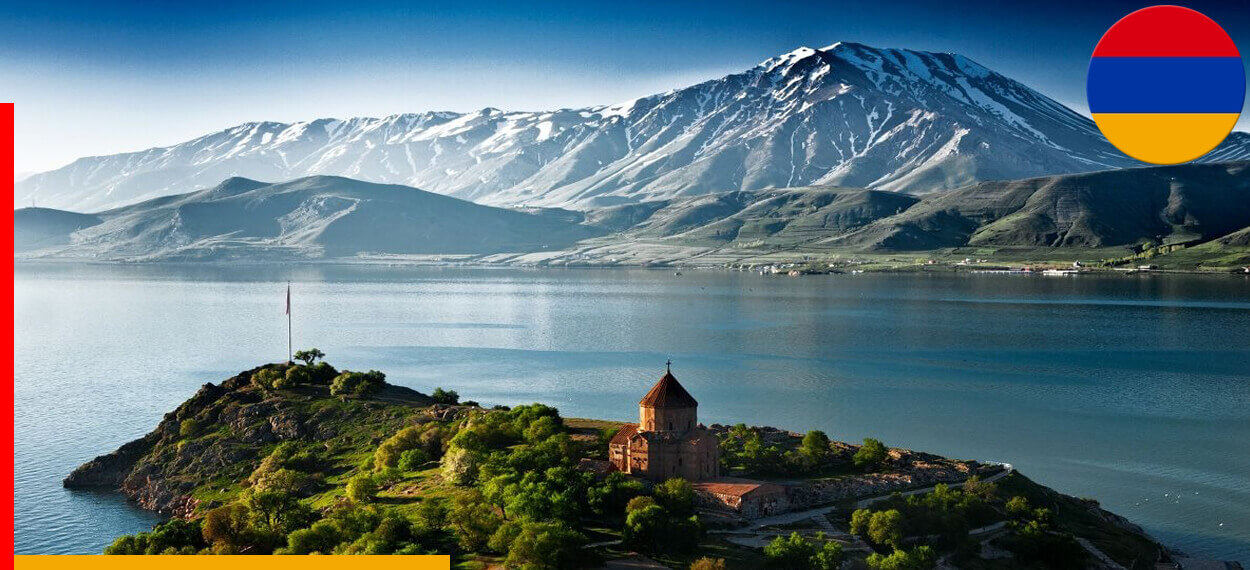
Recent Comments